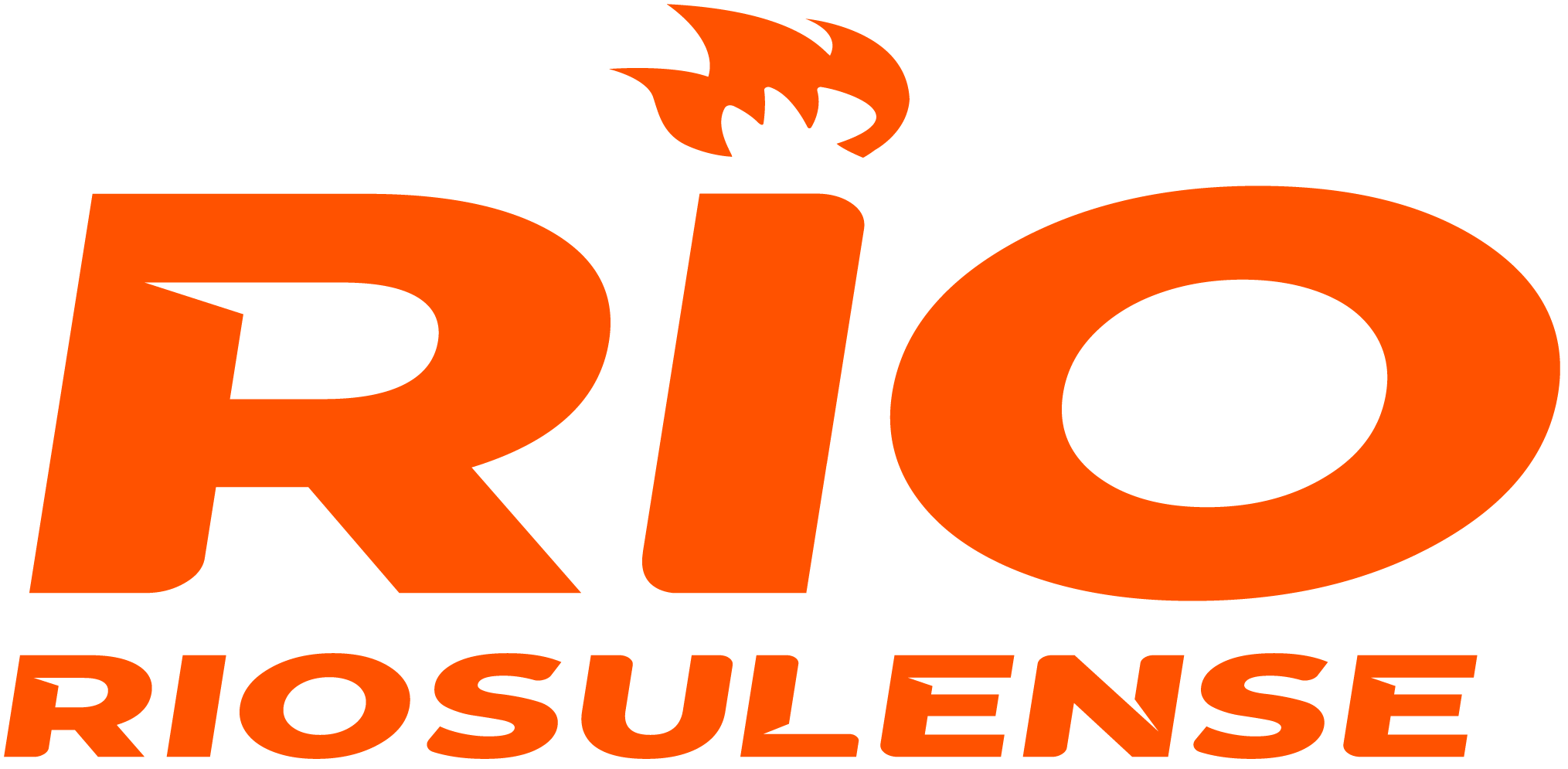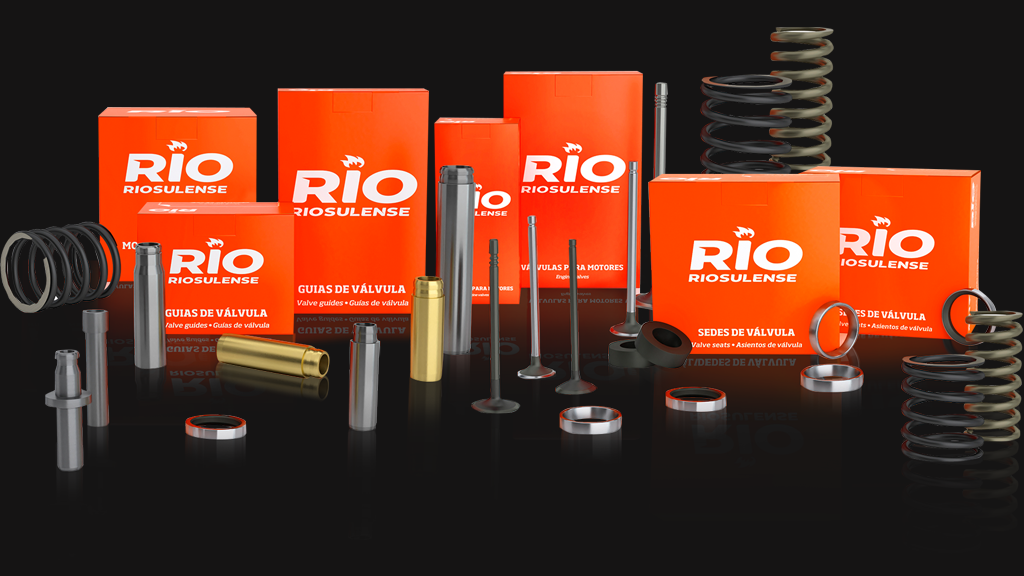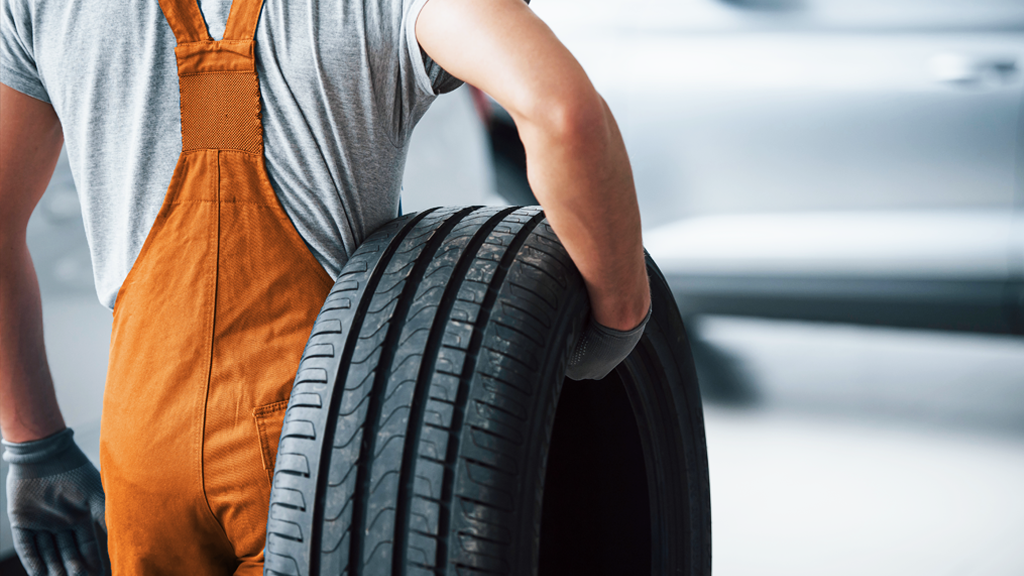When it comes to precise and efficient engine functioning, Experts already know that taking extra care during the piston ring installation is crucial. After all, every detail in the assembly and maintenance of such delicate and, at the same time, such important components can significantly affect the overall performance of a vehicle.
That’s why, besides counting on high-quality providers and working with guaranteed original parts, it is essential that the installer understands the differences between the types of piston rings and know the unique functions each one of them has. Thinking of this, in this article, we’re going to explore the details of these parts better and highlight the most common mistakes in the installation of piston rings. Join us!
Understanding the types of piston rings and their different functions
Those who follow RIO’s blog content already know that we have already addressed the piston ring installation in another article. But it should be emphasized that when repairing the engine, the Expert finds three different versions of this component: the top compression ring, the intermediate ring, and the scraper ring, each playing a crucial role in the combustion process and in the management of the lubricating oil. Let’s remember their roles?
Top compression ring: this is the first ring that must be installed in the piston groove, and its main role is to seal the combustion chamber, preventing gas leakage during air and fuel mixture. This maximizes the pressure generated by explosion, optimizing the engine efficiency.
Intermediate compression ring: placed between the top compression ring and the oil scraper ring, this ring also contributes to the sealing of the combustion chamber. Besides, it helps in the distribution of lubricating oil through the cylinder wall, guaranteeing a proper lubrication.
Scraper ring: as the name suggests, the scraper ring is responsible for removing excess oil from the cylinder wall as the piston moves up and down. This avoids the accumulation of oil in the chamber, maintaining the combustion efficiency and reducing pollutant emission.
Of course, now that we are seeing it, it seems to be as easy as pie, isn’t it? We only have to install the piston rings in the right order, close the chamber and it’s done. However, in practice, there is a series of important details that require attention from the Expert and which, if neglected, may negatively affect car performance, as we will see next!
Check out 6 common failures during piston ring installation
Did you know that, apart from the right order of installation, piston ring installation also requires that each one of them follow a different alignment? And that the use of inadequate pliers during ring fixing may compromise piston performance? That’s right, there are several tricks and rules that make all the difference to do this job well and, in order to help you do your best in the installation, we listed a few of the most common mistakes so that you can avoid them. Check them out:
1 – Misaligned assembly
When assembling piston rings, it is essential to ensure that they are installed correctly, aligned with piston grooves. Otherwise, aside from combustion chamber sealing being compromised, the constant movement of the rings may cause an irregular wear on the cylinder walls and an increase in engine oil consumption.
Consequence: with an irregular wear on cylinder walls and an increase in engine oil consumption, the engine will have its shelf life reduced and the owner will experience a significant increase in maintenance costs.
2 – Excessive or insufficient gap in the piston ring installation
The gap between piston rings and cylinder walls is also crucial to ensure combustion efficiency. If there is an excessive gap, sealing will be compromised, allowing gases to leak before complete explosion. On the other hand, an insufficient gap may result in excessive friction and overheating of these components.
Consequence: an inadequate gap may lead to a series of issues, from power loss and increase in fuel consumption to internal engine damage and ring deformation due to overheating.
3 – Damaged scrapers
As we explained, oil scraper rings play a vital role in controlling lubricant oil in cylinder walls. But you may not know that, whilst extremely important, scraper rings are also very sensitive and may become deformed if the installer uses too much force during installation. This may cause lubrication issues, resulting in an excessive oil buildup in the chamber.
Consequence: oil buildup in the combustion chamber may lead to smoke emissions from the exhaust, increasing pollutant emission and compromising engine power and response.
4 – Inadequate tools
As we talked about this in the previous topic, we should also emphasize that piston ring installation requires the use of adequate tools and careful application of force when positioning them. Using inadequate pliers and clamps or applying too much force may cause irreparable damages to the piston rings, which in the future may reflect in serious issues to the car.
Consequence: piston ring damages due to the inadequate use of tools may result in power loss, increase in the fuel consumption, and engine malfunctioning. In the worst-case scenario, they may end up damaging cylinders, which will require a much slower and more expensive engine repair.
5 – Mixing of lubricants during the piston ring installation
When installing piston rings, the Expert will also need to inject a small amount of lubricant oil in the set — the idea is to be sure that the first cycles of functioning will not cause component overheating. However, the inadequate choice or incorrect mixing of lubricants may lead to carbon deposits in cylinder walls and piston rings, compromising sealing and efficiency.
Consequence: damaged piston rings due to poor quality or inadequate mix of lubricants may result in excessive oil consumption, reduced engine performance, and increased emissions, as well as oil solidification and compression issues.
6 – Incorrect ring fitting
And to close the list, we obviously have to highlight the ring fitting procedure, which is essential to allow rings to adequately fit the cylinder walls during engine rotation and promote an effective and long-lasting sealing. Otherwise, there may be a gap in compression and oil scraping deficiency, harming, among other things, chamber combustion.
Consequence: piston rings that were not fitted properly may result in compression leaks, excessive oil consumption, and early wear of engine components.
By avoiding these common mistakes and failures in piston ring installation, automotive installers will certainly ensure a reliable and optimized engine performance, providing customers with a specialized and reliable service that is worthy of being recommended!
This is why the Expert who doesn’t give up on excellence insists on working with RIO’s piston rings, which arrive at your auto repair shop ready to be installed, with a complete guide, indication of adequate tools and a detailed step-by-step instruction in the package itself.
All of this with guaranteed original parts and higher quality that only a company with a tradition of innovation is capable of offering. Visit our catalog, learn about our solutions and count on RIO to create movement with responsibility and efficiency in your auto repair shop!



